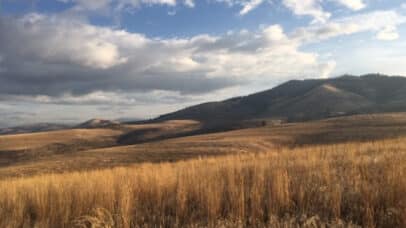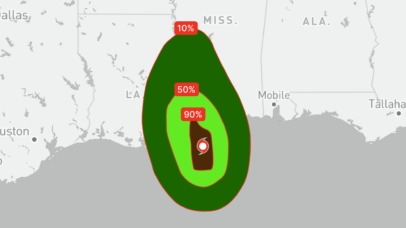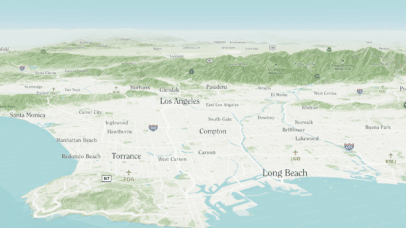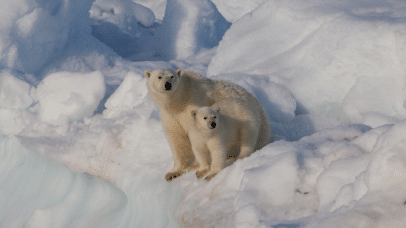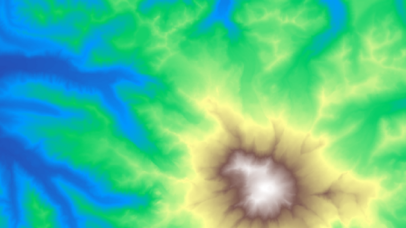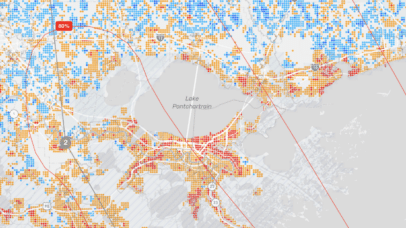
Using interactivity and animation to bring data-driven mocks to life
As designers, our imaginations are the most powerful tools in our toolkit. They help us bring static mocks to life by thinking about how a user might interact with our ideas. Imagination can also hold us back sometimes, as it can be very challenging to communicate these interactions to others. It can also only get...

